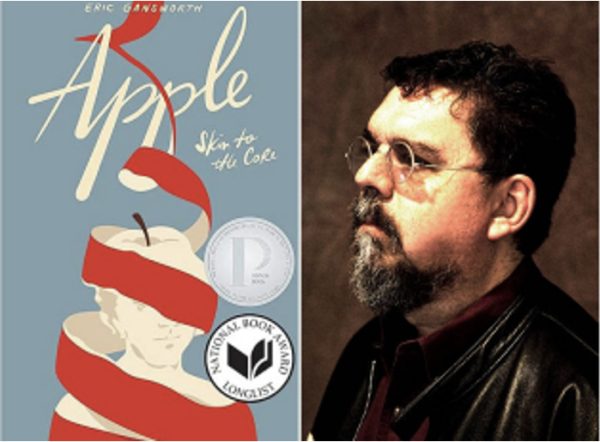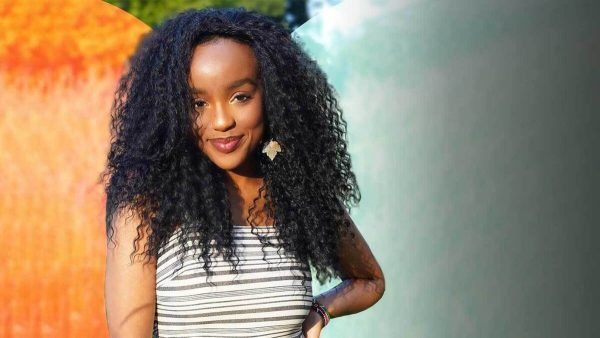Rap is Back: The Case for Hip-Hop’s New Golden Age
Alright, hip-hop traditionalists. It’s time for a little friendly criticism. There exists in hip-hop an unfairly held bias that disproportionately favors that which is broadly called “old school hip-hop.” This label, while originally referring to hip-hop in the late ’70s and early ’80s, now seems to include the late ’80s and much of the ’90s as well. Essentially, traditionalists saw new trends emerging in hip-hop (particularly those influenced by Southern crunk music) and deemed them bad because they differed so greatly from the previous hip-hop trends. Beats were prioritized over lyrics and hooks became more important than verse. Topics became shallower and rhyme schemes lost their complexity.
Mixed opinions rose about who was to blame for this new era of seemingly less meaningful music, with Lil Wayne, Soulja Boy and Lil Jon all emerging as potential culprits. Many also blamed major record labels for forcing these new trends on consumers. The issue with these arguments is that nothing was forced on the public. Numbers don’t lie and, after a little research, it’s easy to conclude that the public ate these new trends up. Triple platinum albums and sold-out tours reveal that much. Fans can’t ask, “Who changed hip-hop?” because hip-hop is inherently democratic. Rather, the fans that continued to buy the albums representing a changed genre are to blame.
What hip-hop fans fail to recognize now, however, is that the genre has changed again. Fans rallied around the idea of going back to “real hip-hop” (that is, hip-hop without its newer influences). I don’t like the term “real hip-hop,” as it ignores the fact that rap always has, and always will be, inherently malleable with the discovery and popularization of new styles. However, it was clear that fans wanted a resurgence of lyricism and creativity in their music, and the Internet allowed emerging artists to receive this message loud and clear.
Young producers started to layer their production with more depth than crunk producers ever did (Clams Casino, Digi+Phonics, SKYWLKR). Rappers developed more complex rhyme schemes and lyrical styles (Crooked I, Kendrick Lamar, Joey Bada$$). Musical topics began to shift away from cars and women, and towards more existential questions of individual worth and purpose (Ab-Soul, Jon Connor, Hopsin). Young emcees often experimented, implementing jazz, psychedelic rock and New Age into their music (Curren$y, Kid Cudi, Underachievers). Independent artists began to accumulate popular support (Macklemore, A$AP Rocky, Danny Brown). Most importantly, the genre got competitive again (“Control,” “Kendrick You Next”).
Hip-hop happens to be in a great place right now and it’s largely because of the fan response to the crunk era. Dissent in hip-hop is particularly important because the fans have a unique relationship with the artist that is absent in other genres. Now may be a good time, however, to put dissent aside and realize that the New School just may be resurrecting the art form we long for when we speak of the Old School.
Contact Kevin Costello at [email protected].



